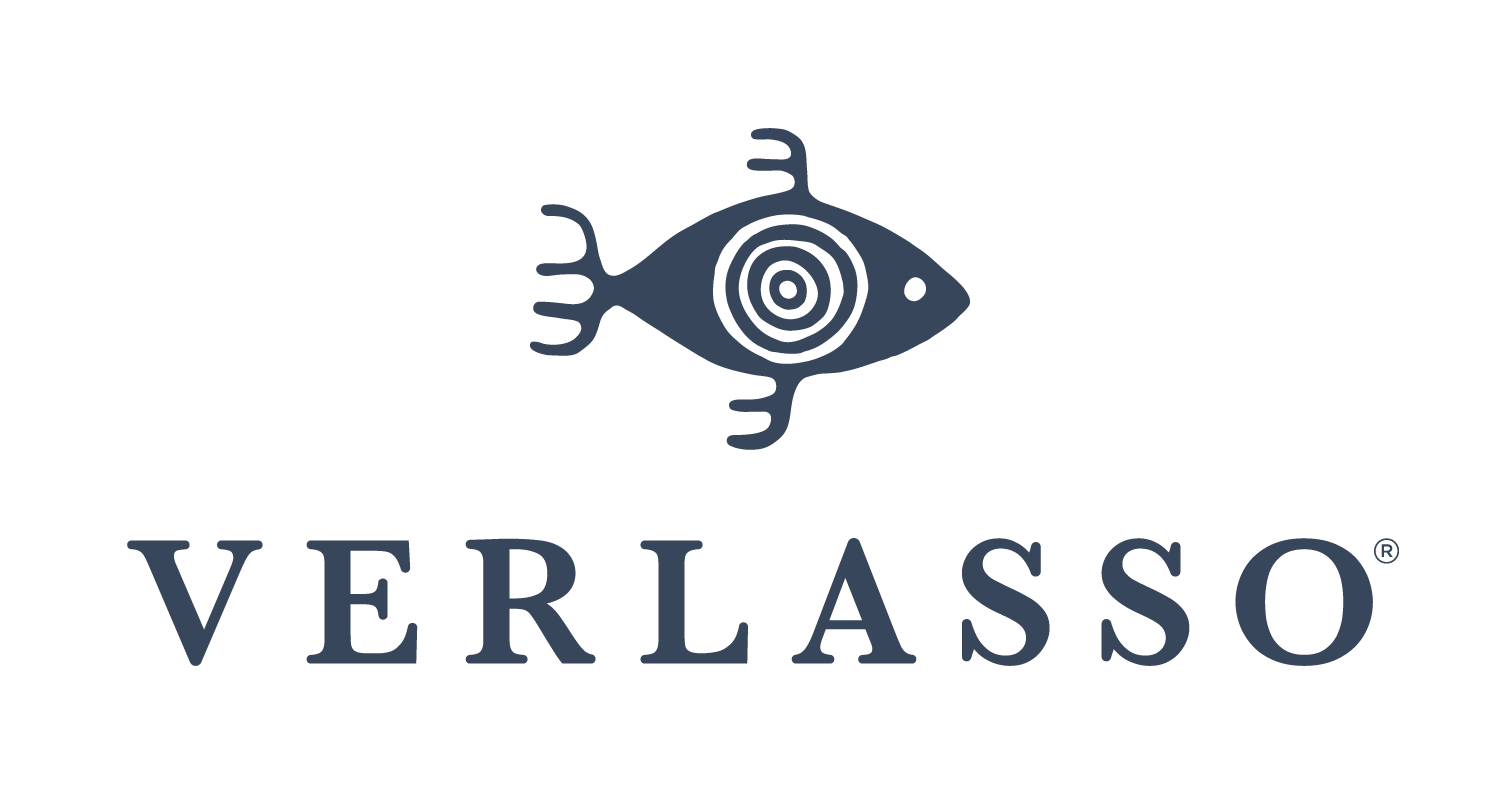As time passes, issues that demand our attention grow. Sustainability can feel more like an afterthought as we navigate through our day-to-day lives. We all have habits that in some way have become part of our DNA and daily routine. The thought and action of recycling operates that way too. We have been trained for so long to separate our recyclables and place them in the proper bins. Regardless of economics, geography, and culture, most of us recycle on a daily if not weekly basis.
There are many things that feel urgent as we read the latest headlines. However, we at Verlasso would argue that none is as urgent as the issues facing our oceans at this moment. You could say that we all need to pick a cause to champion as good stewards of the world and the reality is that there's likely no cause you could mention that isn’t affected by the things the ocean controls. From weather to transportation, as a food source or recreation, ocean vitality touches us all.
“Our appetite for fish and seafood has left 90% of wild species depleted or exploited.”
As we pause to think more deeply about fish and seafood, we must understand what realities we face and how simple our daily choices can affect it. Sea life at all levels of the food chain are at risk. Worldwide demand for fish is increasing every year, with some of the most populous nations on the planet leading the fish-catching and consumption trends: China, Japan and the United States. Our appetite for fish and seafood has left 90% of wild species depleted or exploited. Yet for all of this worry, there is good news. We simply need to be smarter about the way we use this resource. The oceans have an incredible way of rebounding when balanced fishery and aquaculture management is put in place.
To ensure the vitality of our fish supply and continued benefit from them, we must evolve our relationship to the ocean’s resources. The key is adaption, in an effort to make the harvesting of fish more sustainable for the long-term. The greatest form of impact in that adaption is connected with the dollars that you spend. Whether sitting in a restaurant or standing in front of the seafood case - you have a choice. Now is the time to make it. Sustainable fish and seafood is all around you. Begin first by asking where the fish and seafood you are ordering or buying comes from. A small amount of information means that you can make a sustainable choice. Once you know the species and the country of origin, you can use free tools such as the Seafood Watch App to type in that information and out will come the answer to the question “Is it sustainable?” If you are not comfortable making your own choices, support restaurants and grocery stores that will help you. Most fish and seafood policies are published on the grocer’s website and most major retailers have standards that they follow when buying their fish and seafood.
Generally, restaurants and grocers use distributors to deliver their fish. You can also choose a Seafood Watch business partner in your local area that commits to buying only fish and seafood that is sustainable. Generally, chefs are very aware of the issues facing our oceans. Asking questions and starting conversations with them can help bring light to important key issues that influence their buying decisions. Ask questions at the fish and seafood counter, and tell your local fish monger how much you care about knowing where your fish comes from. The reality is that demand for seafood worldwide stood at about 17.1 pounds per capita in 2008, up 36% from around 12.6 pounds in the 1980s. It’s currently estimated that more than 170 billion pounds of sea life is removed from the oceans annually. In terms of meeting the ever-growing demand for fish, the predictions are ominous. Even if we were to radically reduce the number of boats, hooks and nets currently in use in the world’s oceans, we would still not be guaranteed fish for future generations.
“Our behavior has to change, and soon, to ensure the vitality of our oceans...”
Another way in which you can help is to eat more sustainably farmed fish. There are so many delicious choices to be found. Challenge yourself to try different types - Trout, Barramundi, Sea Bass and even Kanpachi are amazing fish to enjoy along with the sustainably raised shrimp and salmon you already eat. By taking into consideration the lifecycles and interdependence of fish at all levels of the food chain, you can rethink how fish end up on your plate and what you can do to impact the process. Humankind has been exploiting the world’s oceans for millennia and our behavior has to change soon to ensure the vitality of our oceans and the long-term availability of fish in our diets. It is through your commitment to adopt a few small practices that both fishing and farming will be available in the future.
Verlasso will continue to do its part. Raising the most sustainable salmon and evolving aquaculture to meet both environmental concerns and an ever-growing demand for fish. Our approach is adaptive, meaning we plan to continuously improve our farming practices while staying committed to sustainability, our health and the health of our oceans. Join us!





